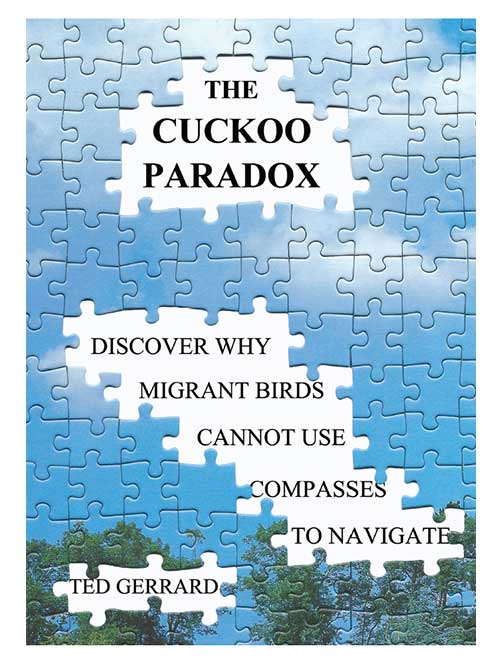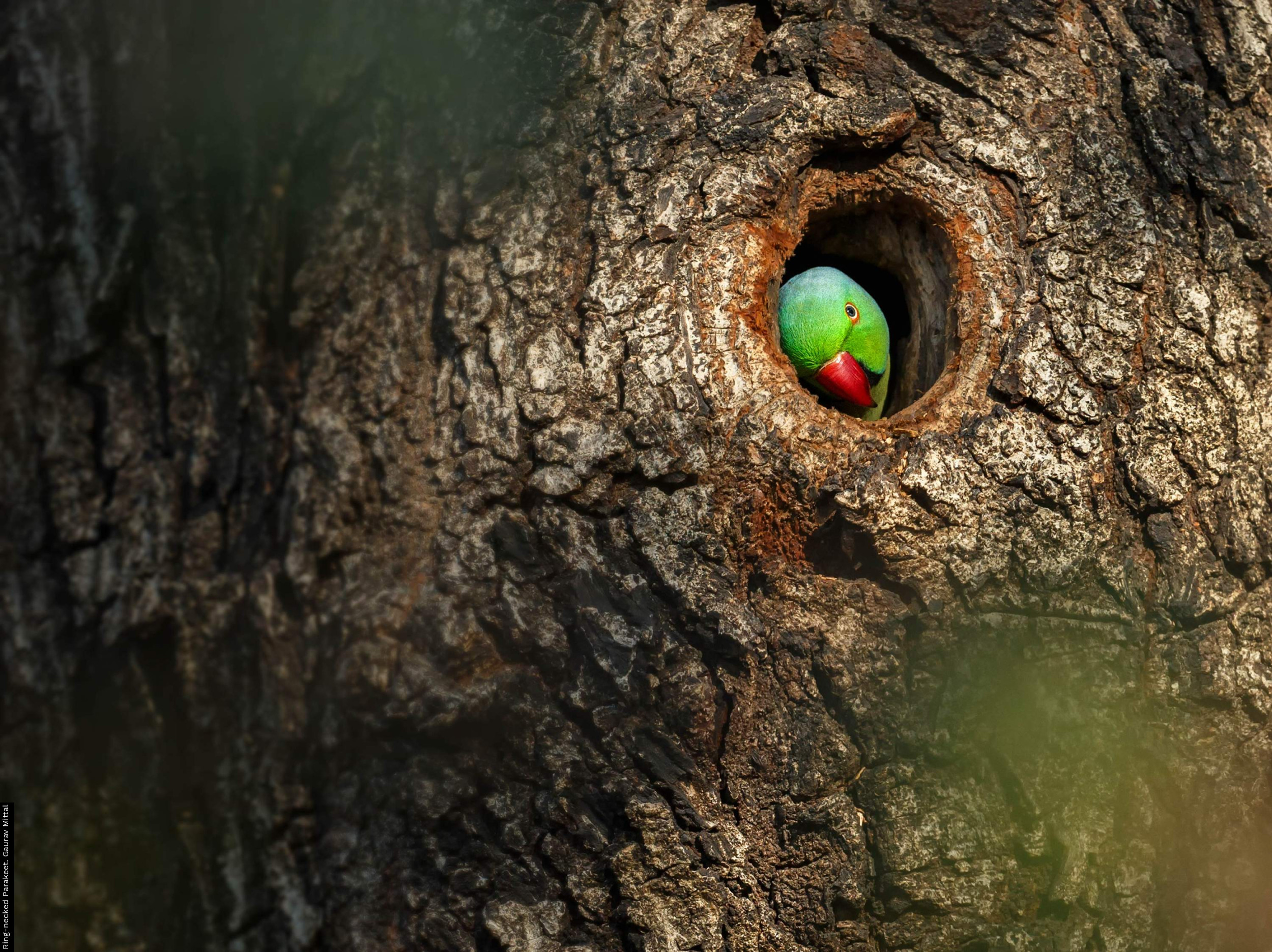
Publisher: Samos Books
Publication Year: 2015
Binding: Softback
Page Count: 148
ISBN Number: 978-0-9556439-2-7
Price: £ 10.00
The Cuckoo Paradox
The subtitle that appears on the cover of this book, which reads 'Discover why birds cannot use compasses to navigate', instantly places it at odds with much of the current peer-reviewed literature on how migratory birds navigate.
Our current understanding reinforces the view that migratory birds have a number of potential navigation and orientation mechanisms available to them. These include celestial information, such as the sun, the stars and skylight polarisation, and magnetic information, in addition to which birds may use local landmarks. Such understanding stems from a succession of peer-reviewed papers and research across a broad suite of bird species. Gerrard challenges much of this thinking in his book, which is in essence an attempt to justify and support his long-held avian eye pecten structure hypothesis.
The hypothesis is centred on the function of the pecten structure present within the avian eye. The pecten oculi, to give the more formal name, is a highly vascular and pigmented structure, situated over the optic nerve head and projecting from the retina into the vitreous body. Several different types are recognised, with variation in the structure linked to individual lifestyle (e.g. diurnal versus nocturnal birds), and it is thought that its main function is to supply nutrition to the avian retina. Gerrard suggests that the pecten oculi acts as a 'glare filter of a specialist kind...', in essence a 'sun visor'.
The book itself covers a lot of ground, although in doing this it jumps about rather a lot and so lacks a coherent central narrative. We hear, for example, of the search to solve the problems of marine navigation by the likes of Harrison, Mascelyne and Newton (much of which material has already appeared in Gerrard's earlier book Astronomical Minds), before jumping across to the structure of trilobite eyes and then on to menotactic (movement involving constant angular orientation) behaviour in birds.
Gerrard is quick to criticise some published research but does not always present a full or fair account in support of his views. To my mind this book underlines the value of peer-reviewed publication and highlights the rather negative impression one can take away from attempts to push forward a theory without subjecting your ideas or research to external validation.
Book reviewed by Mike Toms






Share this page